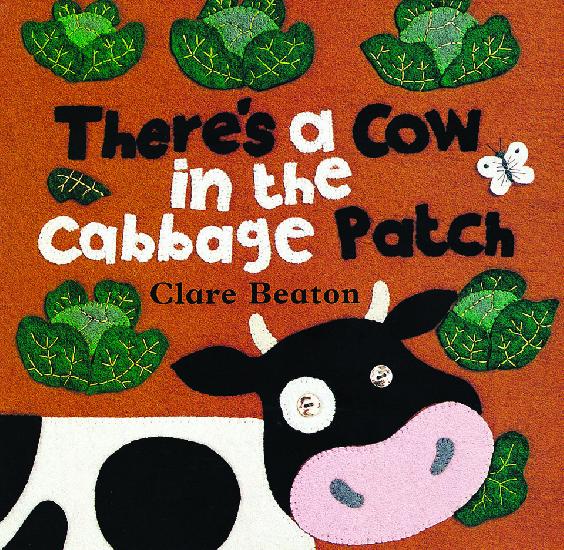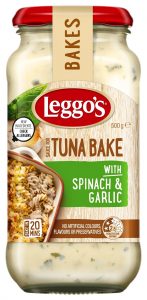Five people, including a 4-year-old girl, have been confirmed dead of food poisoning from pickled Chinese cabbage produced by a Sapporo food company. Another two deaths are believed to be related to E. coli O157 found in the cabbage.
The Daily Yomiuri Online reported today that the Sapporo-based food company that processed the cabbage is suspected of failing to properly sterilize the cabbage by heating.
Many details regarding how the E. coli O157 infections reached epidemic proportions have yet to be clarified. One possible factor behind the mass food poisoning is a method of using less salt when pickling vegetables  to suit consumer tastes.
to suit consumer tastes.
The pickled Chinese cabbage in question was produced by the food company Iwai Shokuhin in Sapporo.
The company said it produced the pickled cabbage by first washing the vegetables with water before soaking them in an antiseptic solution for 10 minutes. The vegetables were then washed a second time.
The products were shipped after the cabbage was pickled for 24 hours in brine mixed with acidic ingredients, company officials said.
The contaminated pickled cabbage was made Saturday. The amount produced on that day was double that of weekdays, the officials said.
Each of the firm’s 12 employees in charge of pickling wore masks and gloves. No E. coli bacillus were found in groundwater used for washing purposes in a checkup conducted after the incident, the officials said.
Officials at the Sapporo municipal health center said they will investigate whether the bacteria came from mud attached to cabbage that was not fully sterilized.
E. coli O157 from livestock roaming – and pooping on — cabbage fields has been the suggested etiology of several outbreaks in the past 25 years. It is difficult to wash off, but proper preservation – salt, acid – should take care of things.
Health center officials also noted that Iwai Shokuhin failed to record the concentration of the antiseptic solution, raising suspicions that the sterilization process may have been insufficient.
The Hokkaido prefectural government and the Sapporo municipal government have launched on-the-spot investigations of about 590 pickling facilities in Hokkaido under the Food Sanitation Law.
Mass poisoning caused by lightly pickled vegetables occurred in Saitama Prefecture in 2000, resulting in a single death, and in 2005 in Kagawa Prefecture, which resulted in five deaths. All fatalities were elderly  residents of nursing care facilities.
residents of nursing care facilities.
In 2002, more than 100 boys and girls at a nursery in Fukuoka were infected with O-157. The incident was traced back to lightly pickled cucumbers.
"It’s possible that O-157 could get mixed with vegetables through fertilizers such as cattle dung," said Prof. Shinichi Yoshida of Kyushu University, a bacteriology expert who participated in probes regarding the poisonings.
"The E. coli O-157 bacteria wouldn’t be killed it if were soaked in brine with a salt concentration similar to seawater, or about 3 percent," he added.
Vegetables pickled in a fermented mixture of rice bran and brine have relatively high pH readings of about 3.5, which indicates a considerably high acidity that is conducive to killing bacteria, Yoshida said.
In recent years, however, many consumers prefer low-sodium processed foods and they tend to shy away from highly acidic pickles, Yoshida explained.
 Only products with Best Before 1 05 22 and with a specific batch code of 12164:
Only products with Best Before 1 05 22 and with a specific batch code of 12164:


 to suit consumer tastes.
to suit consumer tastes. residents of nursing care facilities.
residents of nursing care facilities. which it claims is many times more effective in killing bacteria. The new wash solution, called FreshRinse, contains organic acids commonly used in the food industry, including lactic acid, a compound found in milk.
which it claims is many times more effective in killing bacteria. The new wash solution, called FreshRinse, contains organic acids commonly used in the food industry, including lactic acid, a compound found in milk.